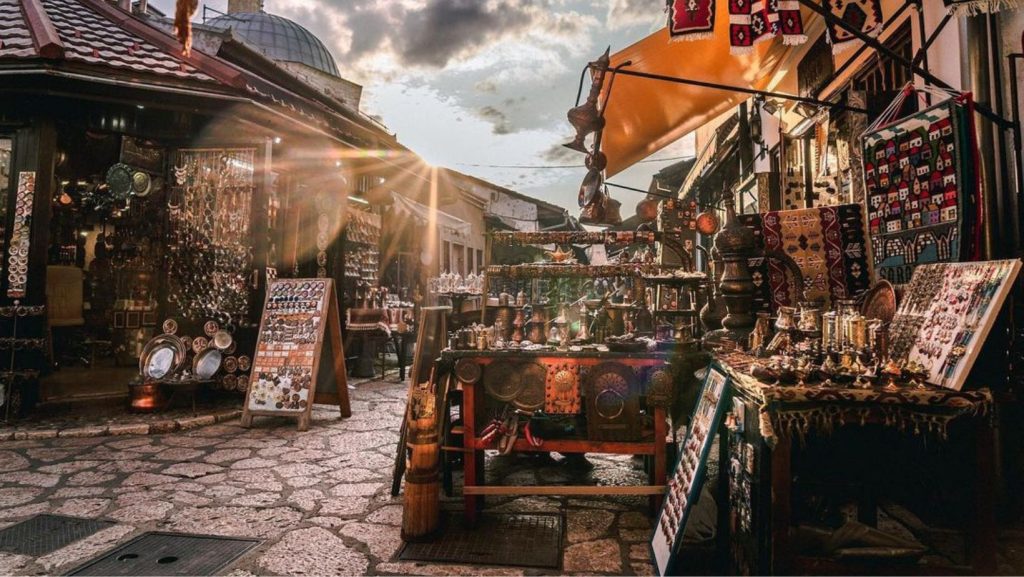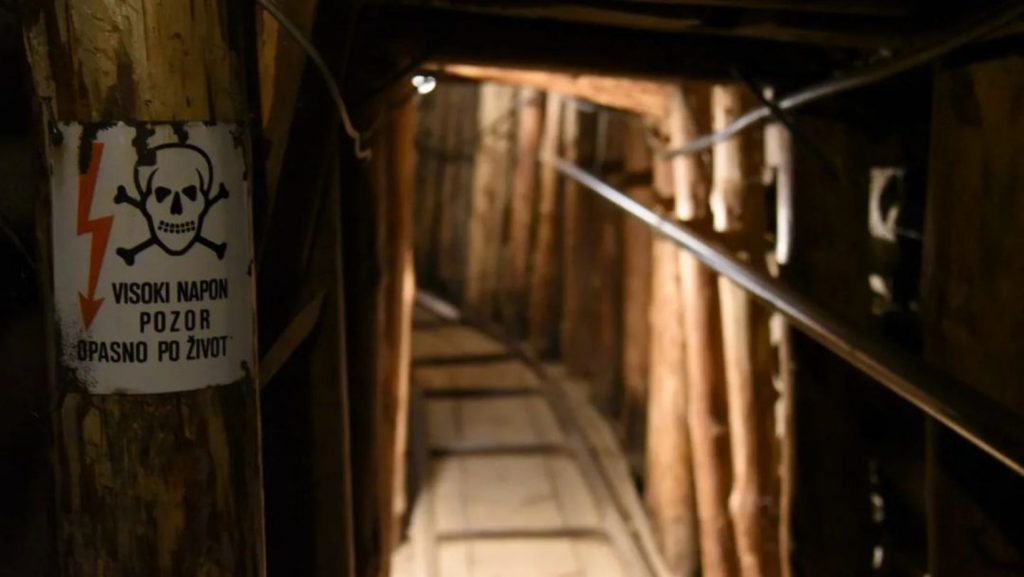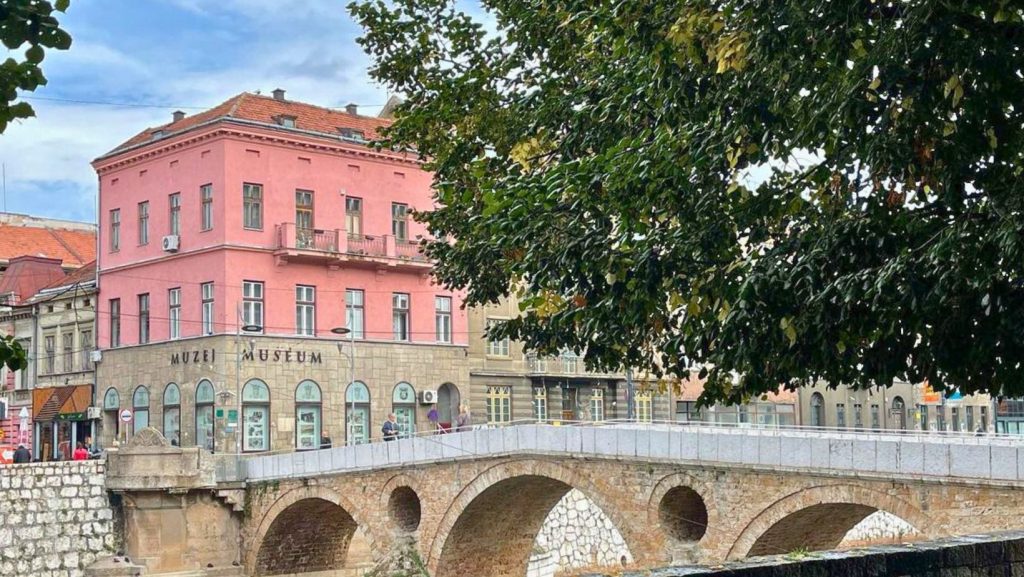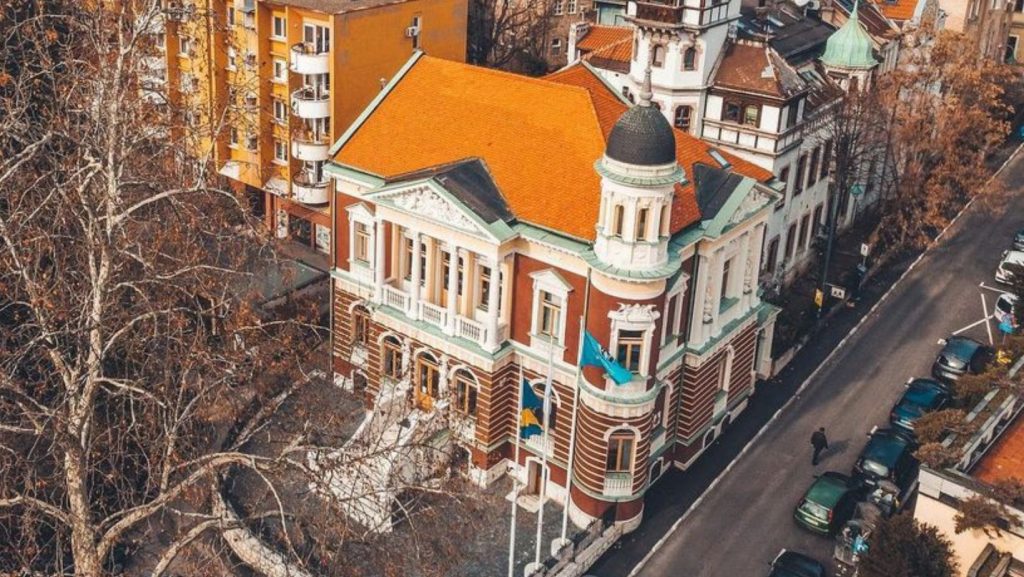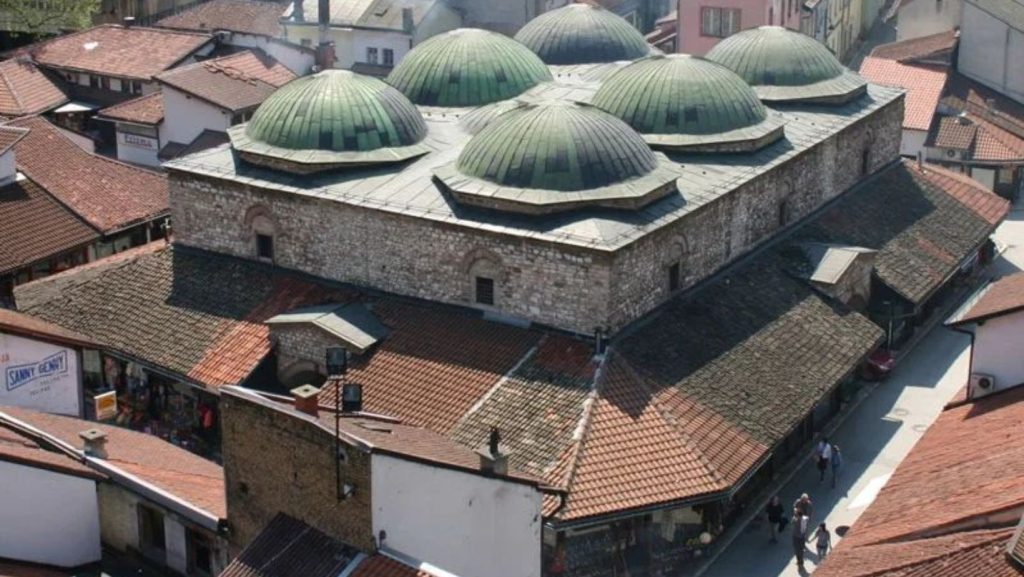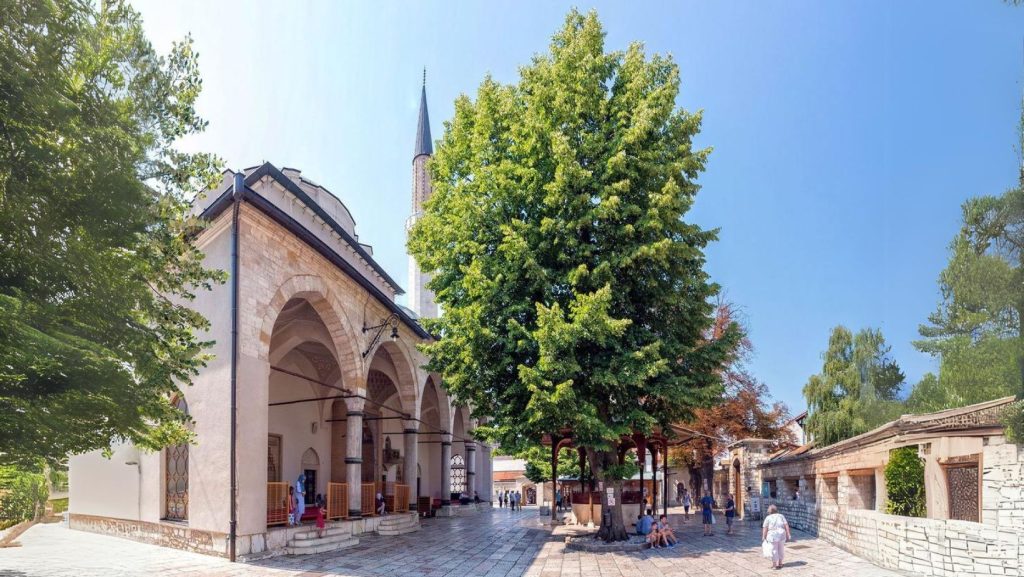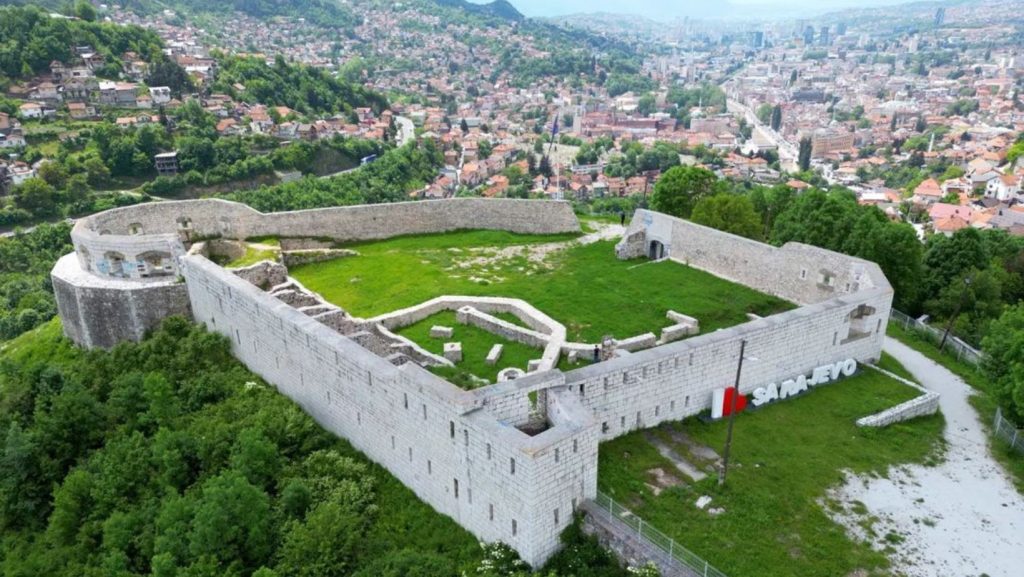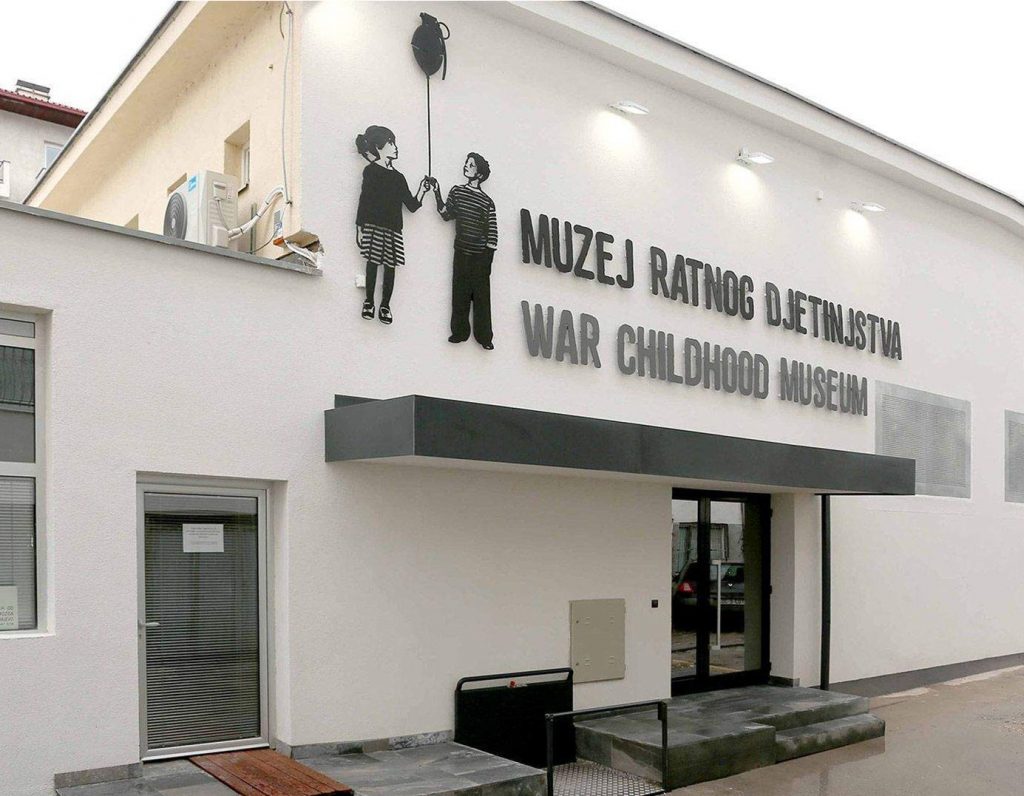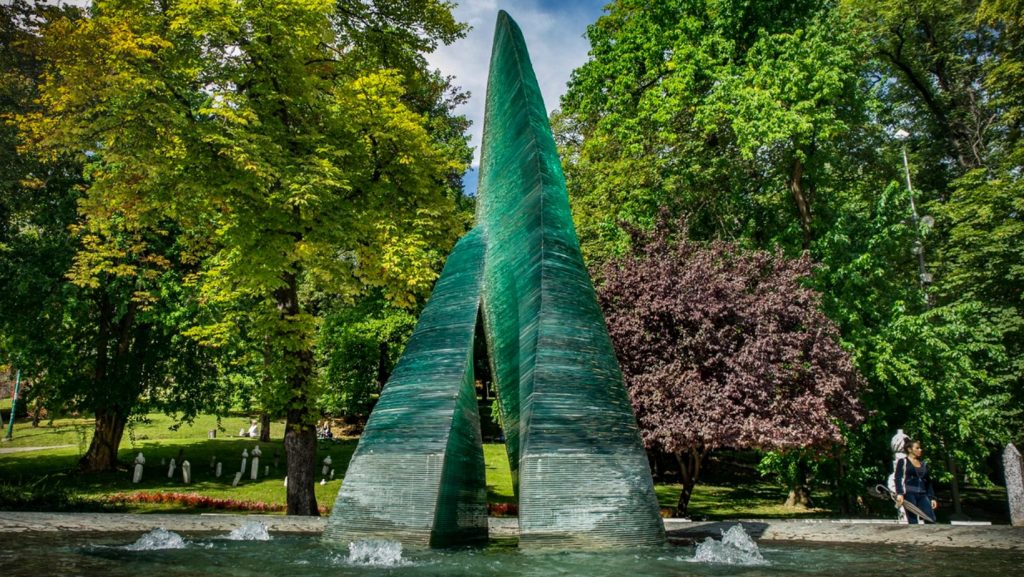Baščaršija | Sarajevo
Baščaršija is a vibrant and bustling district that dates back to the 15th century, during the Ottoman era. The district features a maze of narrow streets and alleyways, lined with traditional stone buildings, shops, and restaurants. One of the most notable landmarks in Baščaršija is the Sebilj Fountain, a beautiful Ottoman-era fountain located in the […]
Baščaršija | Sarajevo Read More »

